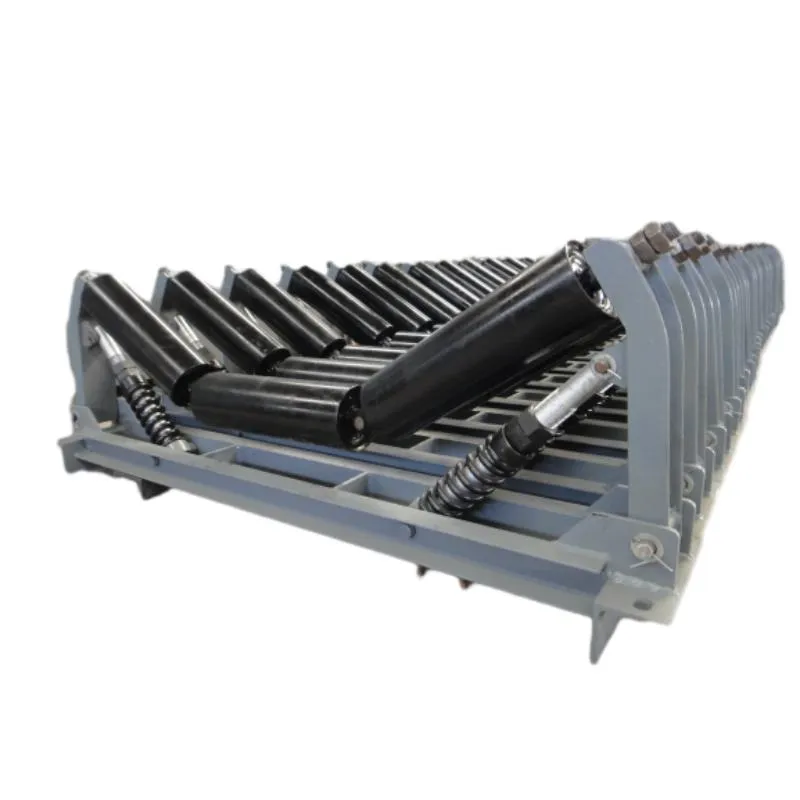 Afrikaans
Afrikaans  Albanian
Albanian  Amharic
Amharic  Arabic
Arabic  Armenian
Armenian  Azerbaijani
Azerbaijani  Basque
Basque  Belarusian
Belarusian  Bengali
Bengali  Bosnian
Bosnian  Bulgarian
Bulgarian  Catalan
Catalan  Cebuano
Cebuano  Corsican
Corsican  Croatian
Croatian  Czech
Czech  Danish
Danish  Dutch
Dutch  English
English  Esperanto
Esperanto  Estonian
Estonian  Finnish
Finnish  French
French  Frisian
Frisian  Galician
Galician  Georgian
Georgian  German
German  Greek
Greek  Gujarati
Gujarati  Haitian Creole
Haitian Creole  hausa
hausa  hawaiian
hawaiian  Hebrew
Hebrew  Hindi
Hindi  Miao
Miao  Hungarian
Hungarian  Icelandic
Icelandic  igbo
igbo  Indonesian
Indonesian  irish
irish  Italian
Italian  Japanese
Japanese  Javanese
Javanese  Kannada
Kannada  kazakh
kazakh  Khmer
Khmer  Rwandese
Rwandese  Korean
Korean  Kurdish
Kurdish  Kyrgyz
Kyrgyz  Lao
Lao  Latin
Latin  Latvian
Latvian  Lithuanian
Lithuanian  Luxembourgish
Luxembourgish  Macedonian
Macedonian  Malgashi
Malgashi  Malay
Malay  Malayalam
Malayalam  Maltese
Maltese  Maori
Maori  Marathi
Marathi  Mongolian
Mongolian  Myanmar
Myanmar  Nepali
Nepali  Norwegian
Norwegian  Norwegian
Norwegian  Occitan
Occitan  Pashto
Pashto  Persian
Persian  Polish
Polish  Portuguese
Portuguese  Punjabi
Punjabi  Romanian
Romanian  Russian
Russian  Samoan
Samoan  Scottish Gaelic
Scottish Gaelic  Serbian
Serbian  Sesotho
Sesotho  Shona
Shona  Sindhi
Sindhi  Sinhala
Sinhala  Slovak
Slovak  Slovenian
Slovenian  Somali
Somali  Spanish
Spanish  Sundanese
Sundanese  Swahili
Swahili  Swedish
Swedish  Tagalog
Tagalog  Tajik
Tajik  Tamil
Tamil  Tatar
Tatar  Telugu
Telugu  Thai
Thai  Turkish
Turkish  Turkmen
Turkmen  Ukrainian
Ukrainian  Urdu
Urdu  Uighur
Uighur  Uzbek
Uzbek  Vietnamese
Vietnamese  Welsh
Welsh  Bantu
Bantu  Yiddish
Yiddish  Yoruba
Yoruba  Zulu
Zulu conveyor head and tail pulley
Understanding Conveyor Head and Tail Pulleys
Conveyor systems are integral to modern industries, enabling the efficient transportation of materials across various processes. Among the critical components of these systems are head and tail pulleys, which play essential roles in the functionality and efficiency of conveyors. This article delves into the significance of these pulleys, their construction, and maintenance.
Head Pulleys
The head pulley, located at the discharge end of a conveyor system, is crucial for the effective movement of material. It serves two primary functions driving the conveyor belt and allowing material to exit the system. Typically, the head pulley is powered by a motor, which can either be directly connected or use a belt/chain drive mechanism. The design of the head pulley influences the overall performance of the conveyor system. For instance, it is often fitted with rubber lagging to enhance friction and grip, thereby ensuring a more efficient transfer of power from the motor to the belt.
In many cases, head pulleys also feature a crowned shape. This design helps to keep the belt centered during operation, reducing the chances of misalignment, which can lead to increased wear and tear of both the belt and the pulleys. Additionally, some head pulleys are equipped with special features such as magnetic separators for the removal of ferrous materials from the transported goods, thereby improving product quality.
Tail Pulleys
Conversely, the tail pulley is located at the loading end of the conveyor system. Its primary role is to support the conveyor belt as it returns to the head pulley. Unlike the head pulley, the tail pulley is typically not powered but is essential for maintaining tension in the conveyor system. Proper tension is vital to avoid slippage or excessive wear on the belt.
Tail pulleys can also be equipped with various types of lagging. The choice of lagging material depends on the application and specific operational requirements. For example, when handling wet or slippery materials, a textured or ribbed lagging may be used to prevent the belt from slipping off the pulley.
conveyor head and tail pulley

Construction and Materials
Both head and tail pulleys are constructed from robust materials, often using steel for durability and strength. The choice of material and design varies depending on the load requirements, speed, and environmental conditions of the specific application. Proper engineering ensures that these pulleys can tolerate significant forces while maintaining their structural integrity.
Maintenance and Care
Regular maintenance of head and tail pulleys is crucial to ensure the longevity and efficiency of conveyor systems. Routine inspections should include checking for alignment, wear on the lagging, and ensuring that all components are secure. Any signs of excessive wear, misalignment, or mechanical failure should be addressed promptly to avoid more extensive repairs and downtime.
Lubrication is also essential for pulleys with bearings. Proper lubrication minimizes friction, extending the life of the components. Furthermore, monitoring the condition of the conveyor belt is crucial, as any issues with the belt can affect the performance and lifespan of both head and tail pulleys.
Conclusion
In summary, head and tail pulleys are vital components of conveyor systems, each serving specific yet interconnected functions. Understanding their roles and ensuring regular maintenance can significantly enhance the efficiency and reliability of conveyor operations. As industries continue to evolve and grow, the importance of these pulleys will only increase, solidifying their role in modern material handling.
-
Revolutionizing Conveyor Reliability with Advanced Rubber Lagging PulleysNewsJul.22,2025
-
Powering Precision and Durability with Expert Manufacturers of Conveyor ComponentsNewsJul.22,2025
-
Optimizing Conveyor Systems with Advanced Conveyor AccessoriesNewsJul.22,2025
-
Maximize Conveyor Efficiency with Quality Conveyor Idler PulleysNewsJul.22,2025
-
Future-Proof Your Conveyor System with High-Performance Polyurethane RollerNewsJul.22,2025
-
Driving Efficiency Forward with Quality Idlers and RollersNewsJul.22,2025





























